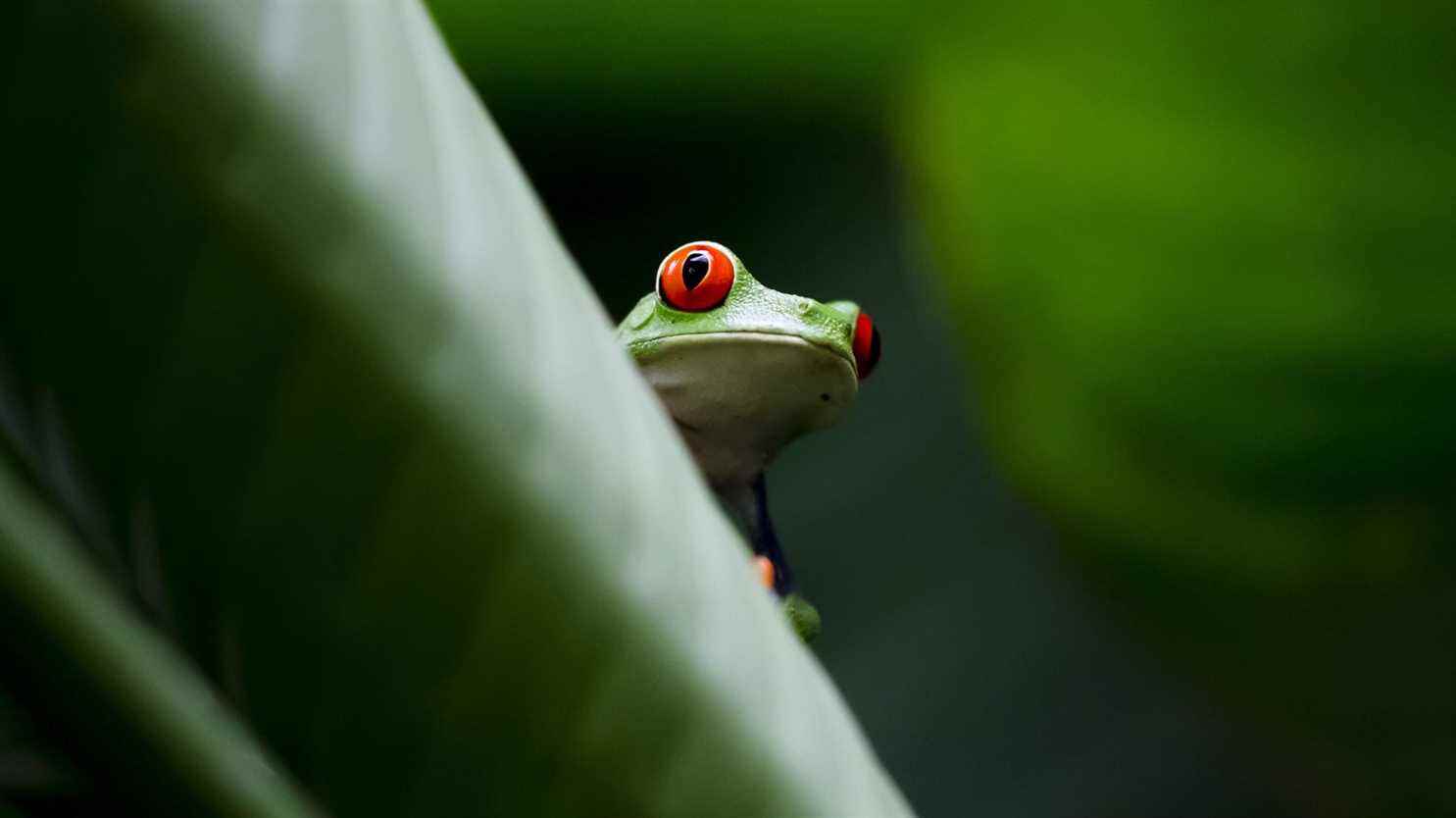The extinction of species “is serious because we are nothing without biodiversity” but it’s still “reversible”, explained Wednesday January 12 on franceinfo Bruno David, president of the National Museum of Natural History (MNHN), after the study of an international team of researchers which indicates that if we take into account the non-vertebrates to measure the rate of species extinction, the situation is alarming.
franceinfo: We usually talk about vertebrate animals when we talk about extinction. Why ?
Bruno David: Because they are the easiest animals to observe so most of the indicators, the oldest, relate to vertebrates. All the other animals are more discreet, we see them less well, so our indicators are more recent but we continue to build them and this is what allows us to draw this trend.
What does this study show?
This tells us that we could have around 10%, 15% maybe 20% of species extinction in the coming decades. We have declines in abundance, that is, there are fewer and fewer individuals within certain species and this could end in extinctions. Scientifically, we have to ask ourselves how we position ourselves on a trend that is leading us towards a sixth extinction. How many species could go extinct? If we compare that to the great crises of the geological past of the Earth where 80% were extinct, we can say to ourselves that it is not so serious. But that’s not what I’m saying because we are going 100 to 1000 times faster on this trajectory than ever in the geological past of the Earth. So maybe we are at the start of an extinction phase, but we get involved very, very quickly and that means we have to react quickly and now.
Do we need these species?
This is serious because we are nothing without biodiversity. We only digest, we don’t eat, we breathe thanks to biodiversity. The services provided by biodiversity are gigantic and we are one species among millions of other species and we are nothing without the others.
Are human activities responsible for these declines?
Yes, all the human activities that can be broken down into the overexploitation of spaces on the continents, the exploitation of resources, pollution, the movement of species that become invasive, and climate change is added to all of this. We are facing something multifactorial even if it is due to us, Homo sapiens. It is a bit the same situation as in the crises of the geological past of the Earth where they were all multifactorial. There is an upside and downside is that we are the source of the problems, which is annoying, but because we are the source of the problems we are also the source of the solutions.
Can we really improve things?
It is reversible as long as it has not exceeded a certain threshold. This threshold will not be reached overnight, it will be done piece by piece until the Earth becomes more difficult to live in for us. Our societies have been installed on a relatively stable planet for millennia and they are adapted to this stability. If we destabilize these systems our societies will suffer first. I am not worried about the future of life on Earth but for the future of our society and the future of a species called Homo sapiens.
Which species have disappeared?
There are butterflies that have disappeared, snails, small marine animals, many organisms, species that have already disappeared. What worries me are these declines in abundance, it is what precedes extinctions. If we do nothing it will result in extinctions. To prevent extinction, it is enough to reduce the pressure on ecosystems and biodiversity. Let’s transport fewer species, pollute less, try to artificialize spaces on continents less, take less resources from the ocean, avoid too much climate change and everything will be better. The wisest solution is therefore to change our behavior and we have a significant margin of progress without restricting ourselves beyond a certain limit. The most important progress can be made in the worst situations because that is where there is the most important margin. It’s high time because biodiversity is resilient, so let’s trust it.
